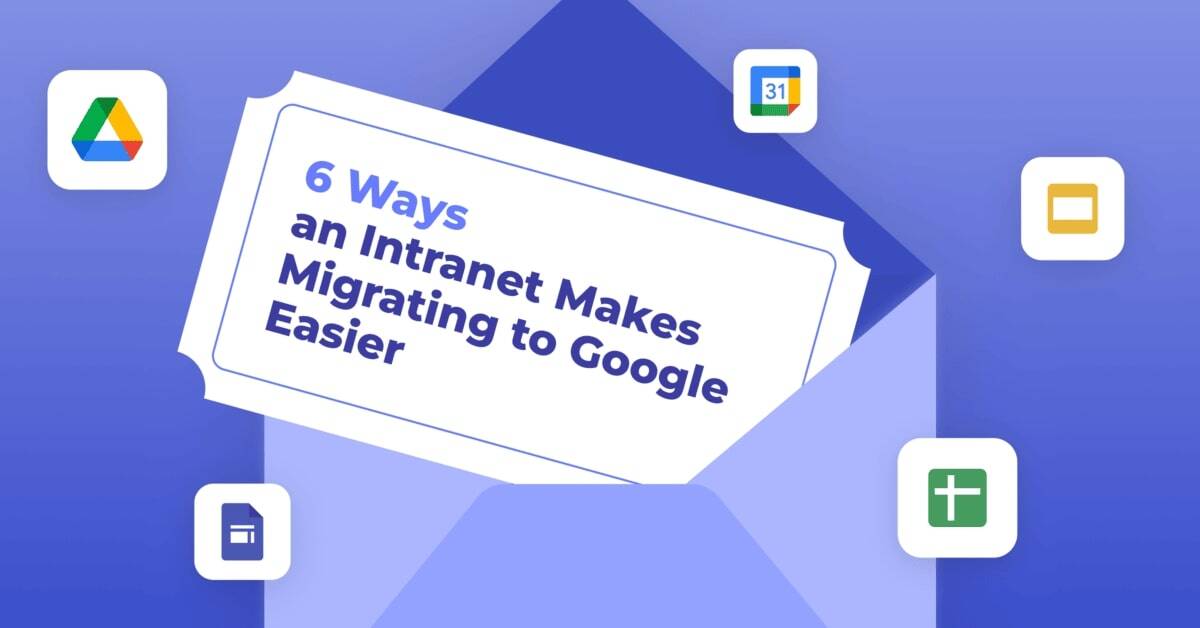Quick, hide! The machines are coming! Words that are echoed around the third world, especially now that technology is advancing at such a blistering pace.
R. Buckminster Fuller called it “Ephemeralization” – to do more and more with less and less until you can eventually do everything with nothing. Google’s director of Engineering, Ray Kurzweil, wrote an essay on this called “The Law of Accelerating Returns”. In essence, technology changes more and more, and faster and faster. How people lived their lives from the years 1500-1800 was largely unchanged, but from 1800-1900 the pace picked up; imagine where we are now. The human race’s technological advancement has progressed so rapidly that we can now achieve in years what previously we could not get done in a century.
Now we’re not just talking about robots. We’re talking about automation. Human-to-system interaction has improved to a point where we can have machines automate the mundane away. This isn’t necessarily new. In the industrial revolution, the technological standard was capped at a bicycle, or a car. These are inventions that free the human body. You see, with these inventions, we can do more and get further, with less energy (sound familiar?). Steve Jobs drew a correlation between the advancement of computers – they free up our minds, giving us the ability to do more with less. That’s why he called the computer “the bicycle of the mind”. Just think of the internet and the overwhelming amount of knowledge this has made available.
Back down to earth – and specifically, to Employee Engagement. The HR Services industry is looking at automating “the mundane” more-and-more, but the focus has mainly been on the client-side of business. What about the internal side? When people are your business, treating your own people right is high on the agenda. Back to those two wheels: there’s no reason a social intranet software can’t be “The bicycle of Employee Engagement”, so let’s look at the twelve ways a social intranet platform can automate Employee Engagement.
1. Employee Engagement surveys
Ah, the annual Employee Engagement survey. Wait, what?! Annual? Since when is measuring how engaged your workforce is a once-a-year task? Wouldn’t you want to show trend lines throughout the year, and be able to compare data from April 2018 to April 2019? Doing an Employee Engagement survey once a year makes it look like it’s a “tick-the-box” task, instead of insights you need to drive strategy. Here’s where a Google Workspace's social intranet comes in.
Set up one Google form with the same questions (or, if you don’t care about trend lines, different questions) and copy this twelve times – give each copy the name of a month. Schedule twelve posts on your social intranet solution; all the same, but adjust the link so it refers to its corresponding monthly survey. That’s it; you’ve just turned a monthly Employee Engagement survey from a big burden into a one-day project! Naturally, if twelve monthly surveys is a bit too much, you can always choose to do four so you get quarterly surveys.
2. Spelling and grammar checks
If your Employee Engagement activities are particularly focused on writing content, this one will seem familiar. Luckily, it’s quite easy to automate this away, even if you’re combining it with scheduled posts. Google Docs and Sheets (Tools->Spelling) both have grammar suggestions enabled, next to the spell-checker. Sentences formulated with bad grammar will be underlined blue, making it easier for all English speakers - native and non-native - to write coherent, legible content. Don’t be surprised if the next step is a sentiment checker, to see if your message is overly positive, negative or somewhere in between.
3.Scheduling posts
Copy+pasting a post, putting in relevant hashtags and tagging the right people in it may not take more than two minutes per post, but two minutes times 200 posts is still almost seven hours of work. Directly uploading your schedule into the admin section of your social intranet spares you all that work, and you won’t risk accidentally not-scheduling a post either. A simple calendar overview shows you all you need to know – including what you may have missed.
4. Ghostwriting
You probably wrote for other people in your company. Whether it’s due to a lack of time, ability or inspiration – ghostwriting posts and articles for others happens a lot. Through the admin of your social intranet platform, colleagues can assign authority to others to post on their behalf. This means you don’t have to send emails back and forth to ask permission all the time, nor do you need to push your stakeholder to finally push the “post” button.
5. Announcements
Large organizations have a large volume of communication. Assigning the power to make Announcements to your Internal Communicators or Employee Engagement practitioners means there’s always a way for the most important news to cut through the noise. No need to type in all caps, or chase people to please repost.
6. Making sure your posts are read
Similar to Announcements, some communications - need - to be read. Whether it’s an emergency evacuation notice or a preliminary headcount for your company’s upcoming employee event, knowing who read and did not makes your communication more efficient and effective. It’s pretty easy and unintrusive for readers too – all they need to do is tick a “Yes I have read this” button.
7. Less design work
Do you know how to code in HTML/CSS, or are those terms about as familiar to you as “Python”, “Ruby on Rails” and “C++”? If the latter rings true, then it’s likely that your IT team needs to give you a hand in making that social intranet page look as spiffy as you want. That’s an extra burden on their (likely scarce) resources – and let’s face it, we’re not always as high up on their ladder of priorities as we’d like. Modern social intranet software have a big focus on User Experience (UX) and User Interface (UI) design, making the out-of-the-box product already countless times more appealing than a Sharepoint page would. Add in easy-to-enter brand colours, logos and templates, and any new pages you need to make will look good from the first second you press the “Create” button.
8. Automating onboarding and other information provision
Repetition is the key to success, but it’s also a boring one. Telling new employees the same information over and over - even if it is just sending someone an email - isn’t just time-consuming, it also makes their onboarding dependent of your knowledge. What if you could just collate all basic onboarding information into an intranet page, and add a Frequently Asked Questions (FAQ) section to it that grows as you get more questions? In no time you’ll see that employees won’t be dependent on you for their onboarding.
9. Automating bottom-up communication
Because social intranet solutions are so approachable and “not-corporate” (literal quote from a client), people actually want to make use of it. An easy interface and familiar user experience take the intimidation out of digital conversation and collaboration.
10. Streamlining communication into one medium
We talked about copy+pasting messages from one place into the other, but what if that’s the smallest action you have to perform? What if you need to navigate across different digital addressbooks and mediums to make sure your messages get delivered? What if you communicate primarily through email, but your factory workers don’t even have an email account – just a smartphone?
That’s where social intranet solutions are great help. Not only do they function as your one place for communication across devices and location, they also integrate with other popular communication tools. Take Slack, or Google’s own Chat as an example. Or for that matter, SAP SuccesFactors. A host of digital tools means a host of information silos, if these tools don’t communicate with each other. Your social intranet software acts as a bridge between all these tools. Bonus: it also makes communication more relevant and efficient, since it’s focused around the digital ecosystem of your company – and not just pictures of cats.
11. Translations
English may be the language of global business, it is not the most spoken language in the world. Your colleagues in China or South-America would love to read internal content in the language they’re most comfortable – the one they’re native in. A social intranet solution that integrates deeply with Google Workspace (formerly G Suite) will have Google Translate enabled on posts, articles and even entire pages. Language barriers will soon become a thing of the past.
12. Data presentation
When your company communicates in volume across a social intranet software, a lot of data is generated. That data is invaluable: it grants you insight into how engaged your employees are, who the top influencers are in your company, and more. They give you some concrete metrics to report on, so you can adjust your strategy or tactics when necessary. But that host of data needs to be representable, and easy to read. Enter Google’s Data Studio. Google-based social intranets will integrate nicely with it, giving you an easy-to-digest overview of the wealth of data your platform generates – from engagement, to likes, to the amount of eyeballs that read a post and much, much more.
So, it’s pretty clear. Automation is our friend, not our enemy.





